欢迎访问启航彩网站!


新闻资讯
超声波清洗机的参数有哪些?
作者:admin来源:http://senfuai.com/时间:2021-05-26
1.频率:
1. Frequency:
频率≥20KHz ,可以分为低频,中频,高频3段。
Frequency ≥ 20kHz, can be divided into low frequency, medium frequency, high frequency 3.
2.清洗介质:
2. Cleaning medium:
采用超声波清洗,一般两类清洗剂:化学溶剂、水基清洗剂等。清洗介质的化学作用,可以加速超声波清洗效果,超声波清洗是物理作用,两种作用相结合,以对物件进行充分、彻底的清洗。
Ultrasonic cleaning is used. There are generally two kinds of cleaning agents: chemical solvent, water-based cleaning agent, etc. The chemical action of cleaning medium can accelerate the effect of ultrasonic cleaning. Ultrasonic cleaning is a physical action. The combination of the two functions can fully and thoroughly clean the objects.
3.功率密度:
3. Power density:
功率密度=发射功率(W)/发射面积(cm2)通常≥0.3W/cm2,超声波的功率密度越高,空化效果越强,速度越快,清洗效果越好。但对于精密的、表面光洁度甚高的物件,采用长时间的高功率密度清洗会对物件表面产生“空化”腐蚀。
Power density = emission power (W) / emission area (cm2), usually ≥ 0.3w/cm2. The higher the power density of ultrasonic, the stronger the cavitation effect, the faster the speed, and the better the cleaning effect. However, for precision and high surface finish objects, long-time high power density cleaning will cause cavitation corrosion on the surface of the object
4.超声波频率:
4. Ultrasonic frequency:
超声波频率越低,在液体中产生的空化越容易,产生的力度大,作用也越强,适用于工件(粗、脏)初洗。频率高则超声波方向性强,适用于精细的物件清洗。
The lower the ultrasonic frequency is, the easier the cavitation in the liquid is, the greater the strength is, and the stronger the effect is. It is suitable for the initial washing of workpieces (coarse and dirty). High frequency ultrasonic direction is strong, suitable for fine object cleaning.
5.清洗温度:
5. Cleaning temperature:
一般来说,超声波在30℃-40℃时的空化效果好。清洗剂则温度越高,作用越显著。通常实际应用超声波时,采用50℃-70℃的工作温度。
Generally speaking, the cavitation effect of ultrasonic is the best at 30 ℃ - 40 ℃. The higher the temperature is, the more significant the effect is. Generally, the working temperature of 50 ℃ - 70 ℃ is used in the practical application of ultrasonic.
 公司:启航彩
公司:启航彩  热线:18663767799
热线:18663767799 地址:山东省济南市济阳区创业路与启航街交叉口南40米
地址:山东省济南市济阳区创业路与启航街交叉口南40米




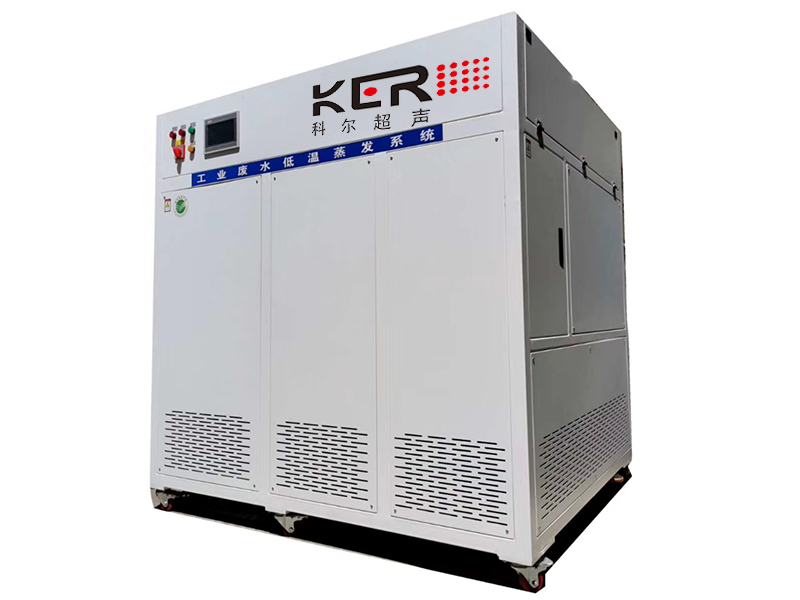
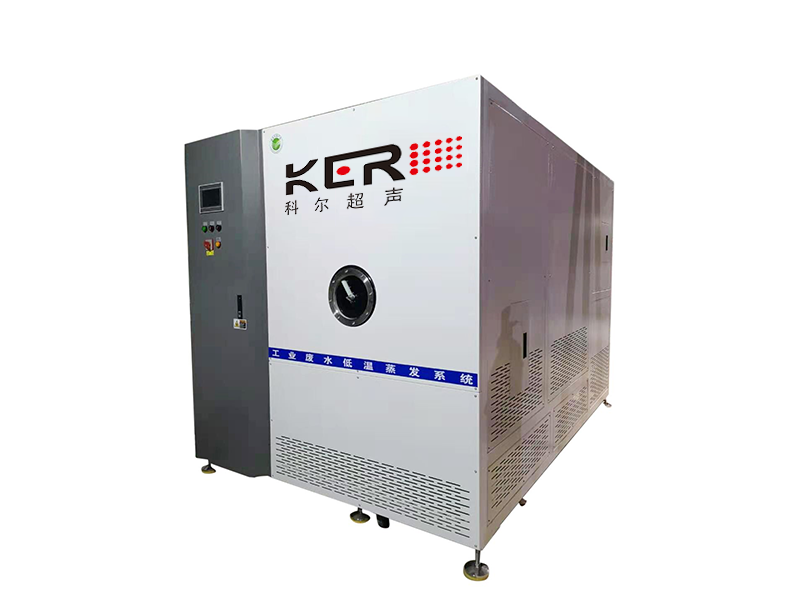
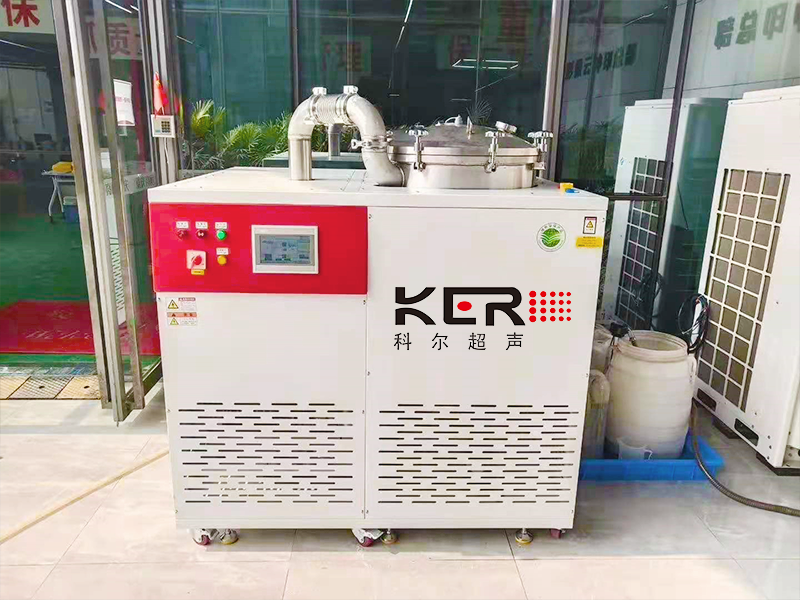
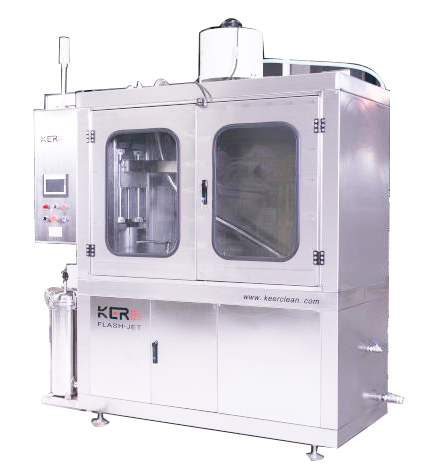
 新闻资讯
新闻资讯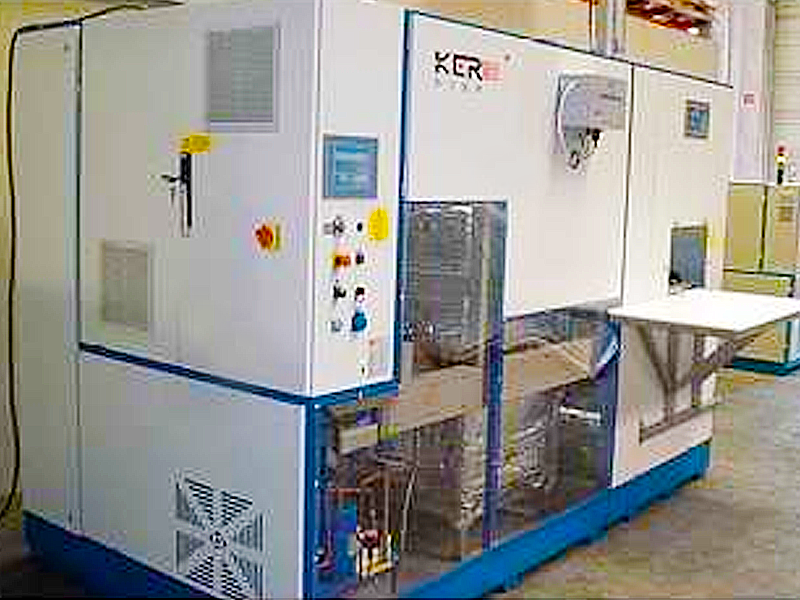
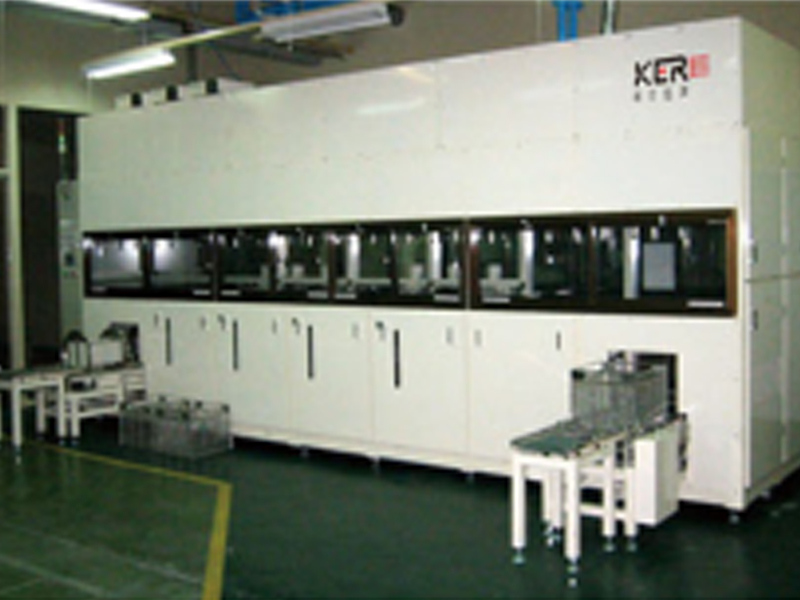
 联系我们
联系我们
 启航彩咨询电话:18663767799
启航彩咨询电话:18663767799 E-MAIL:jnkergs@163.com
E-MAIL:jnkergs@163.com 地址:山东省济南市济阳区创业路与启航街交叉口南40米
地址:山东省济南市济阳区创业路与启航街交叉口南40米 鲁公网安备 37011202001385号
鲁公网安备 37011202001385号
